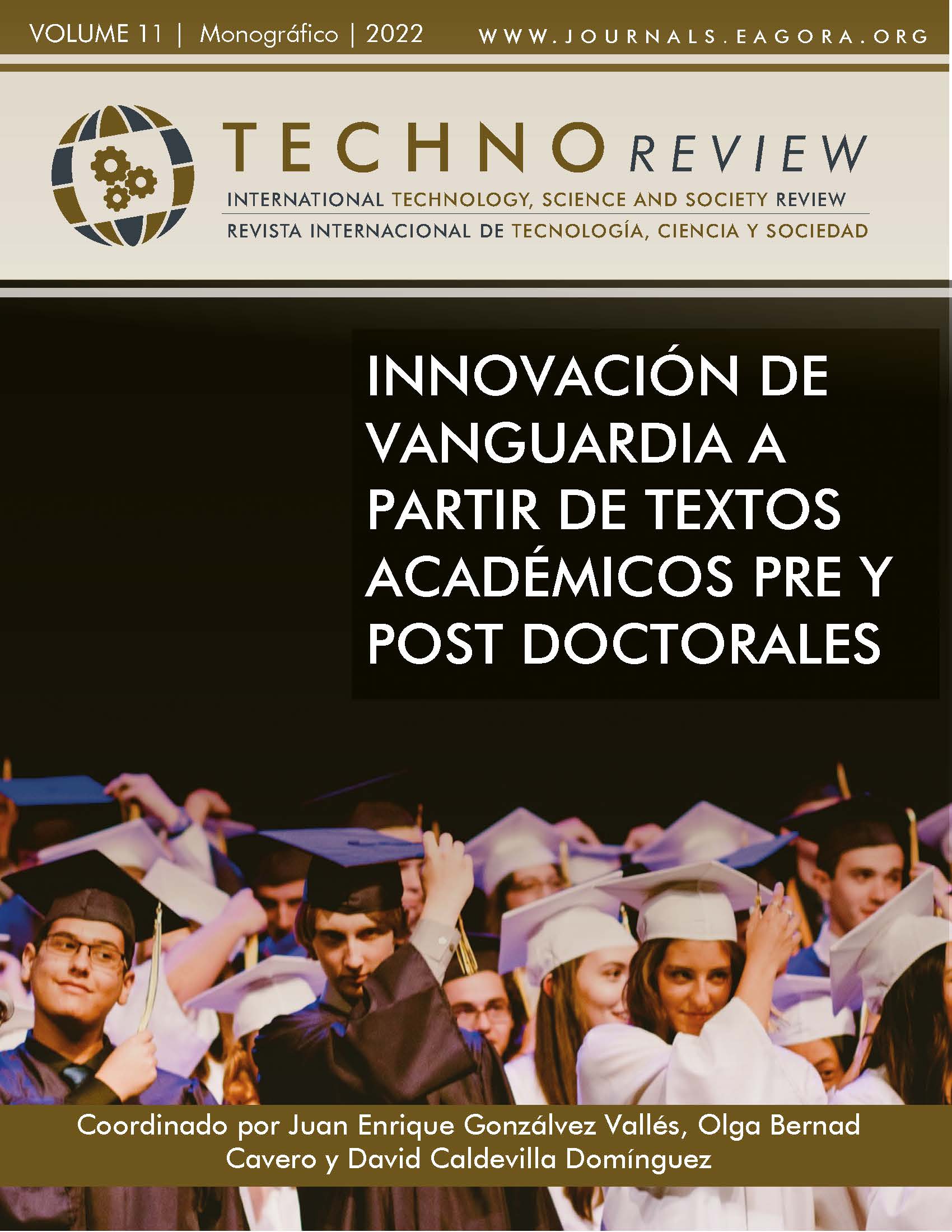Time series model to forecast the surface temperature of the sea in the coastal area of Paita (Perú)
DOI:
https://doi.org/10.37467/revtechno.v11.4458Keywords:
El Niño Phenomenon, Sea Surface Temperature, Time series, Artificial Neural Network, PopulationAbstract
Artificial intelligence techniques have evolved and strengthened, allowing the development of transversal proposals that watch over and safeguard the integrity of the human being. The objective of this study is to develop a time series that forecasts the Sea Surface Temperature (SST) on an average daily scale in the coastal area of Paita, Perú. The methodology used focused on five phases, from data collection to model validation. The results obtained reveal that there is a margin of error of 3.96% on the SST on a weekly average scale and a difference of 0.05 to 1.42, on a daily basis.
References
Alonzo, R., Salguero, F., Javier, F., & Morales, A. (2021). Series Temporales Avanzadas: Aplicación de Redes Neuronales para el Pronóstico de Series de Tiempo. Universidad de Granada.
Astsatryan, H., Grigoryan, H., Poghosyan, A., Abrahamyan, R., Asmaryan, S., Muradyan, V., Tepanosyan, G., Guigoz, Y., & Giuliani, G. (2021). Air temperature forecasting using artificial neural network for Ararat valley. Earth Science Informatics 2021 14:2, 14(2), 711-722. https://doi.org/10.1007/S12145-021-00583-9
Bellagarda, A., Cesari, S., Aliberti, A., Ugliotti, F., Bottaccioli, L., Macii, E., & Patti, E. (2022). Effectiveness of neural networks and transfer learning for indoor air-temperature forecasting. Automation in Construction, 140, 104314. https://doi.org/10.1016/J.AUTCON.2022.104314
Cáceres, O. J. M. P., More, M. A. M., Sojo, R. E. C., & Silupu, E. R. G. (2022). Social distancing in the face of COVID-19: simulation of the maximum capacity of people through PHP. Ingenius, 27(27), 9-16. https://doi. org/10.17163/INGS.N27.2022.01
Castro, E. S., Alves, J. M. B., Da Silva, E. M., Campos, J. N., & Alves, A. O. (2020). Forecast of sea surface temperature (SST) in Tropical Atlantic with the use artificial neural networks. Revista Brasileira de Meteorologia, 35(3), 505-515. https://doi.org/10.1590/0102-77863540075
Choi, B., Bergés, M., Bou-Zeid, E., & Pozzi, M. (2021). Short-term probabilistic forecasting of meso-scale near- surface urban temperature fields. Environmental Modelling & Software, 145, 105189. https://doi. org/10.1016/J.ENVSOFT.2021.105189
Condori, P. P. C. (2020). Derivados financieros y los efectos del fenómeno El Niño en la rentabilidad de las empresas pesqueras y agroindustriales peruanas. Economía & Negocios, 2(1), 15-23. https://doi.org/10.33326/27 086062.2020.1.904
Hijar, G., Bonilla, C., Munayco, C. V., Gutierrez, E. L., & Ramos, W. (2016). Fenómeno el niño y desastres naturales: intervenciones en salud pública para la preparación y respuesta. Revista Peruana de Medicina Experimental y Salud Publica, 33(2), 300-310. https://doi.org/10.17843/RPMESP.2016.332.2205
Holguín, C., Díaz-Ricardo, Y., & Antonio Becerra-García, R. (2014). El lenguaje de programación Python. http://www.linuxjournal.com/article/2959
Kuroki, M. (2021). Using Python and Google Colab to teach undergraduate microeconomic theory. International Review of Economics Education, 38, 100225. https://doi.org/10.1016/J.IREE.2021.100225
Wolff, S., O’Donncha, F., & Chen, B. (2020). Statistical and machine learning ensemble modelling to forecast sea surface temperature. Journal of Marine Systems, 208, 103347. https://doi.org/10.1016/J. JMARSYS.2020.103347
Wu, A., Hsieh, W. W., & Tang, B. (2006). Neural network forecasts of the tropical Pacific sea surface temperatures. Neural Networks, 19(2), 145-154. https://doi.org/10.1016/J.NEUNET.2006.01.004
Downloads
Published
How to Cite
Issue
Section
License
Those authors who publish in this journal accept the following terms:
- Authors will keep the moral right of the work and they will transfer the commercial rights.
- After 1 year from publication, the work shall thereafter be open access online on our website, but will retain copyright.
- In the event that the authors wish to assign an Creative Commons (CC) license, they may request it by writing to publishing@eagora.org







